A selection of my photographs in USA in the late 1970s of the Lockheed twin engined transports and ex-military patrol bombers
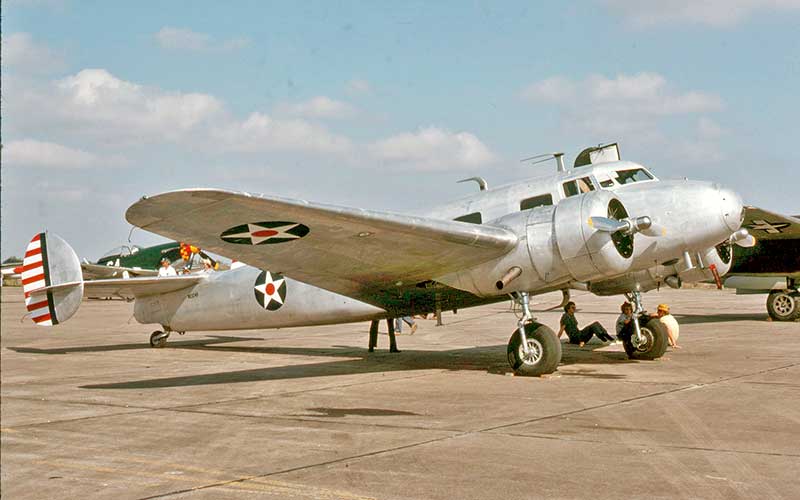
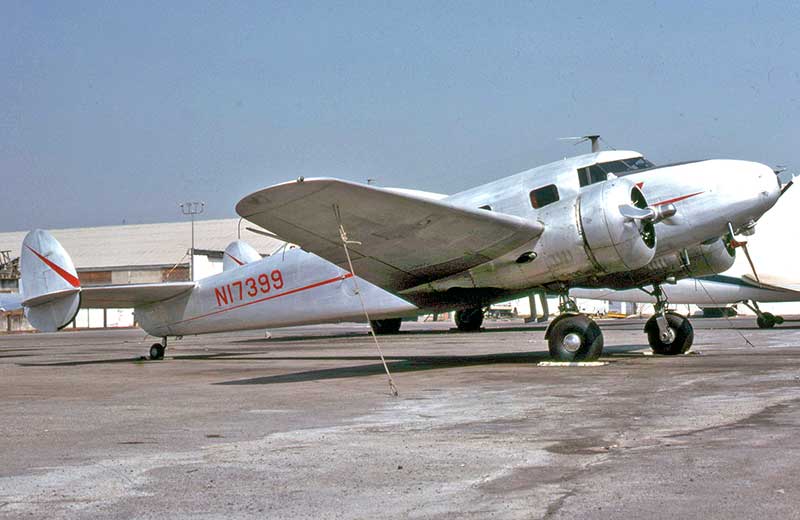
Then
the Lockheed 18 Lodestars
(virtually all ex WWII military disposals):
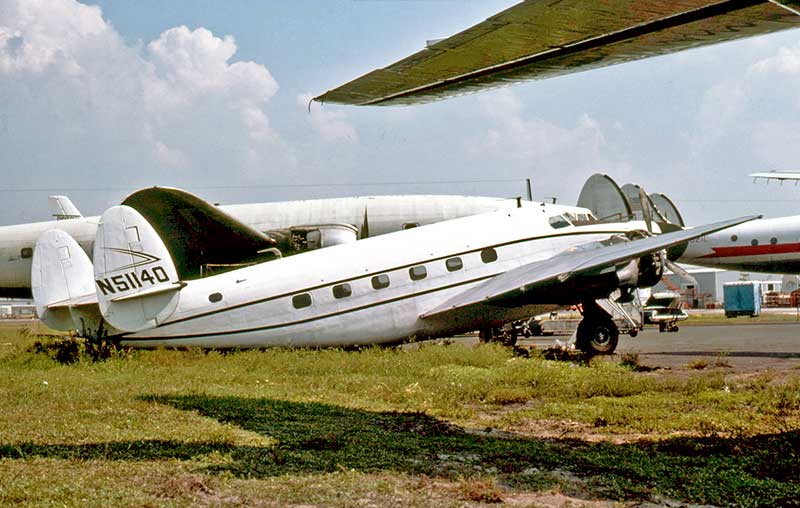
All others were highly-modified executive transports from the 1950s, such as Learstars, Howard 250s
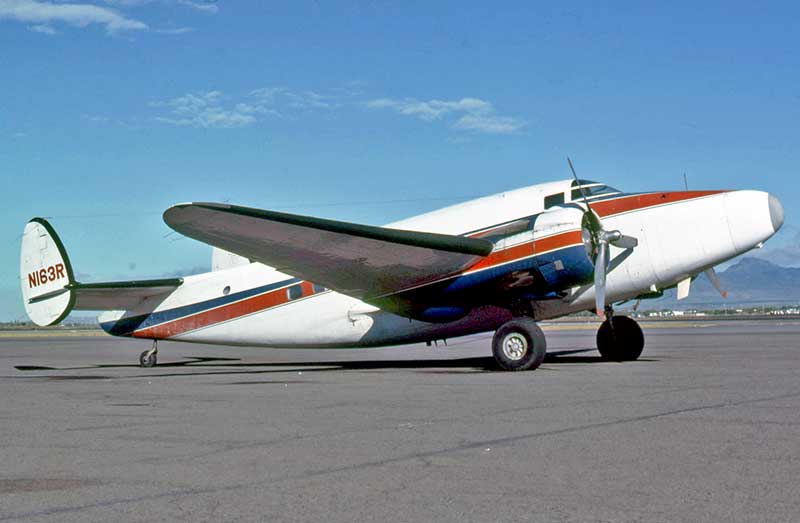
Honolulu September 1979. N163R was
a Lockheed 18 Lodestar rebuilt as a Pacaero
Learstar 131.
Owner Pacific Wings Inc used it on a contract to supply Palmyra Island, 1,100 miles north of Hawaii in the Pacific Ocean.
Owner Pacific Wings Inc used it on a contract to supply Palmyra Island, 1,100 miles north of Hawaii in the Pacific Ocean.
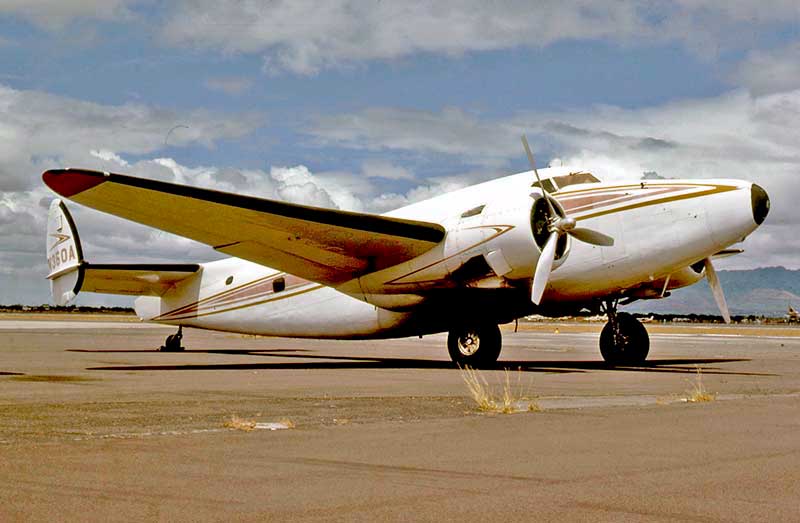
It was also used on the Honolulu-Palmyra Island supply contract by its owner Pacific Wings Inc
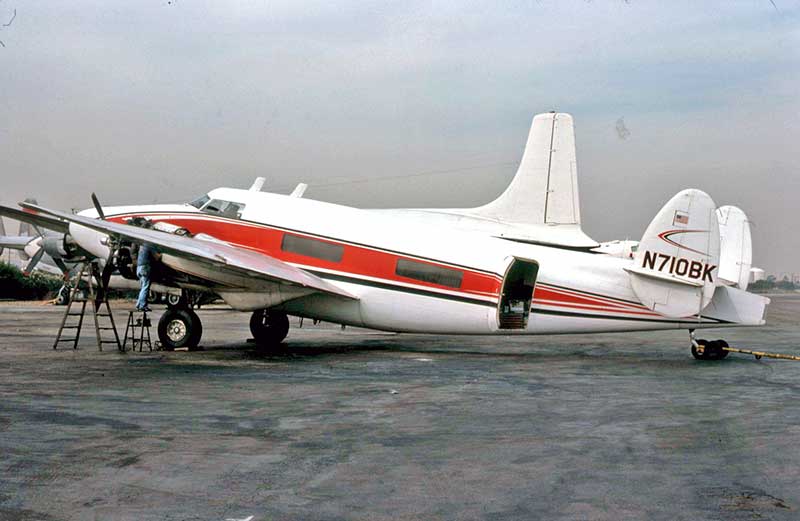
From the sun of Hawaii to the smog of Long
Beach near Los Angeles. However a bright sight in September 1977 was this
L.18 Lodestar N710BK which has had the complete Howard 250 conversion program by Howard Aero at San Antonio, Texas
L.18 Lodestar N710BK which has had the complete Howard 250 conversion program by Howard Aero at San Antonio, Texas
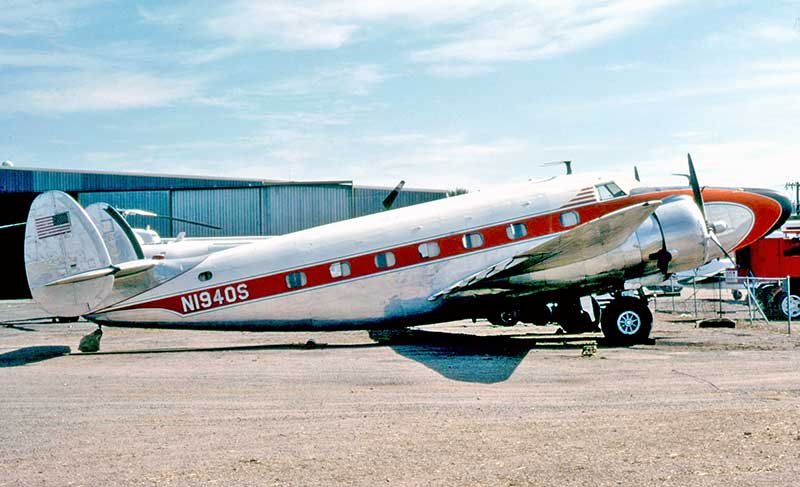
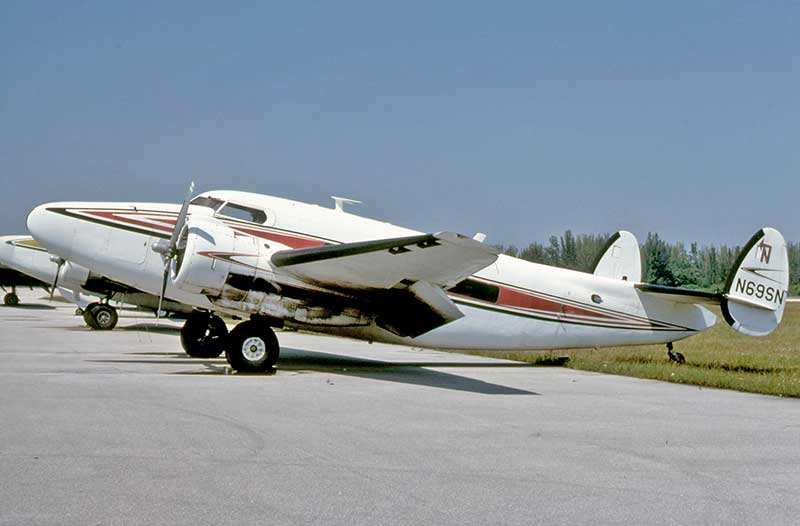
There were many executive modifications
for Lodestars. N69SN at Opa Locka, Florida October 1979 was a Gulf
Oil Co Gulfstar
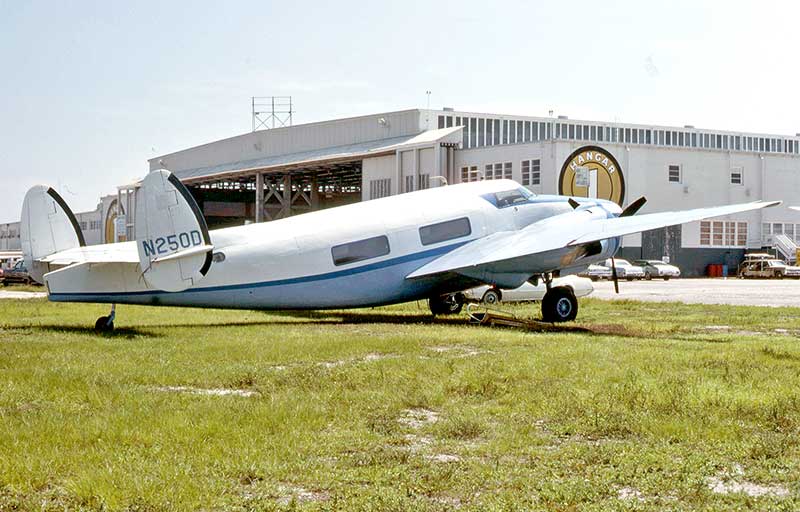
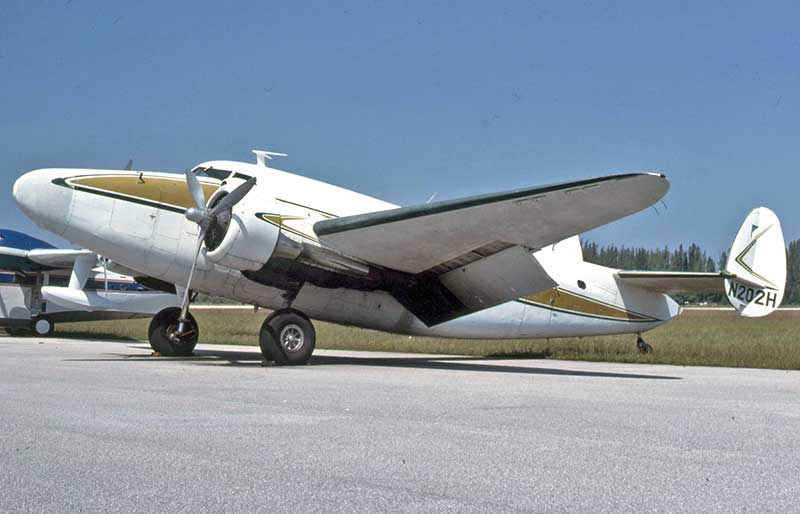
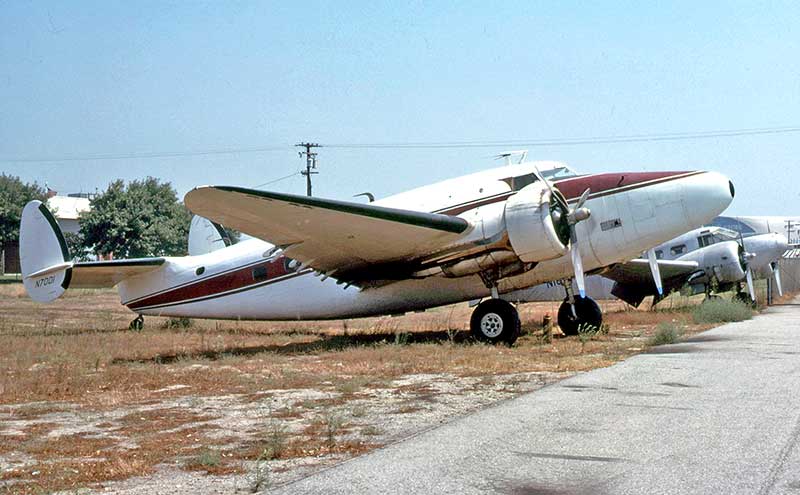
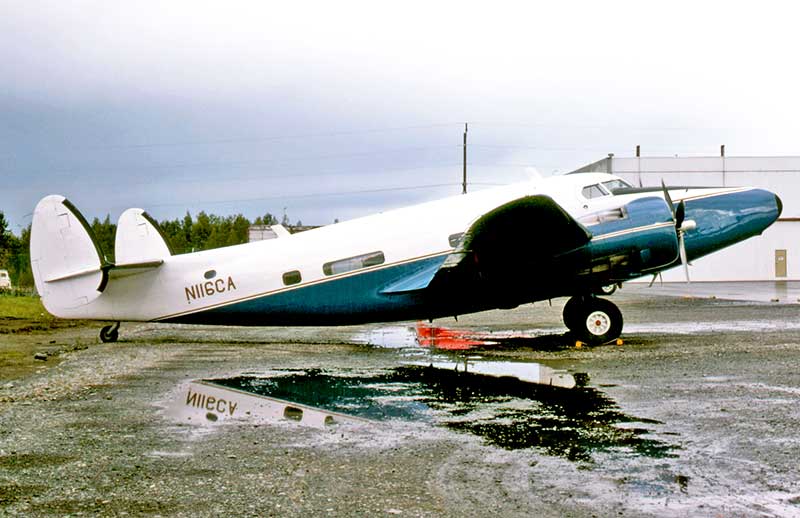
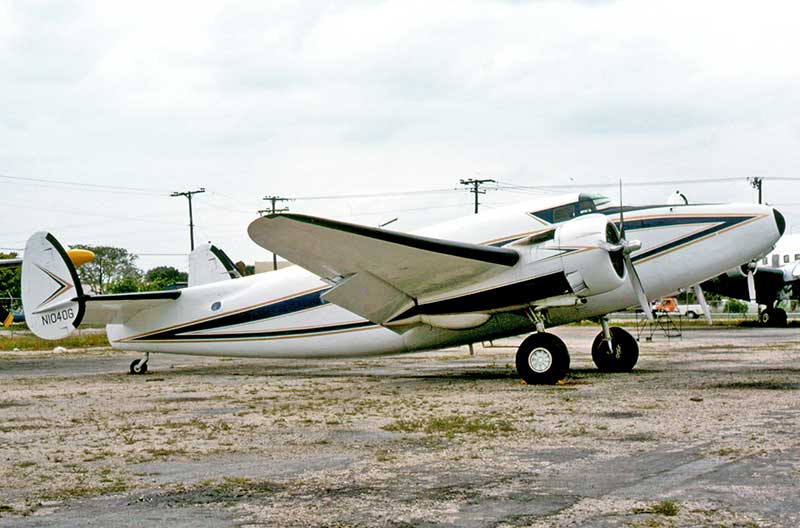
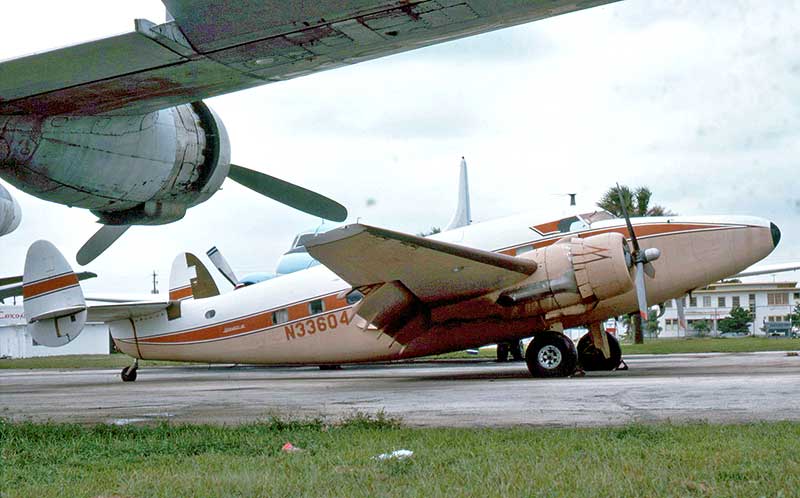
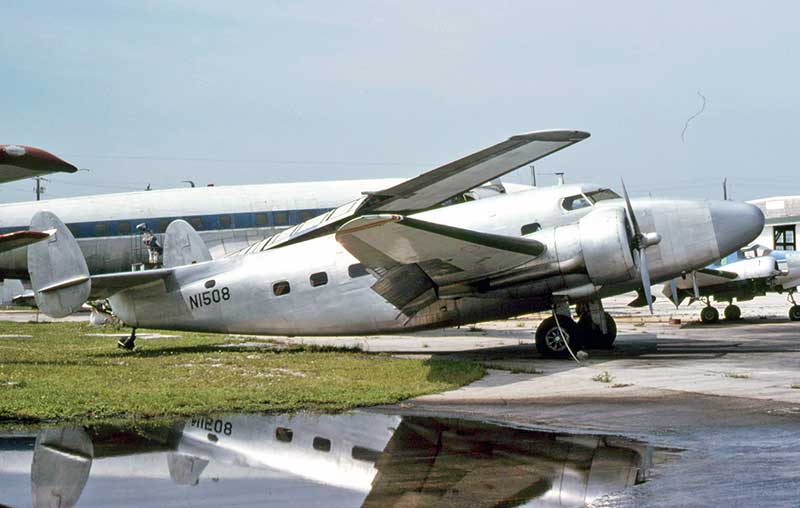
but has various modifications, including Learstar nose and rear fuselage saddle to raise the tailplane to improve performance
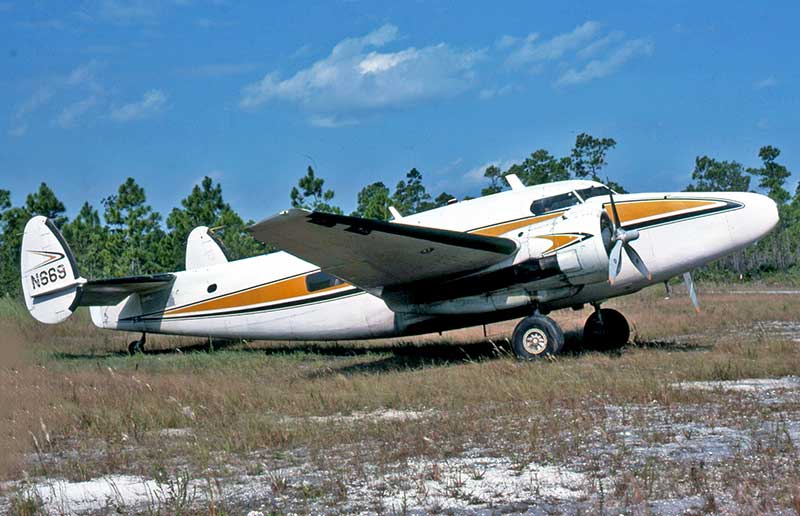
Sadly, the veteran Lockheed twins were popular for illegal activities because of their low price and good performance
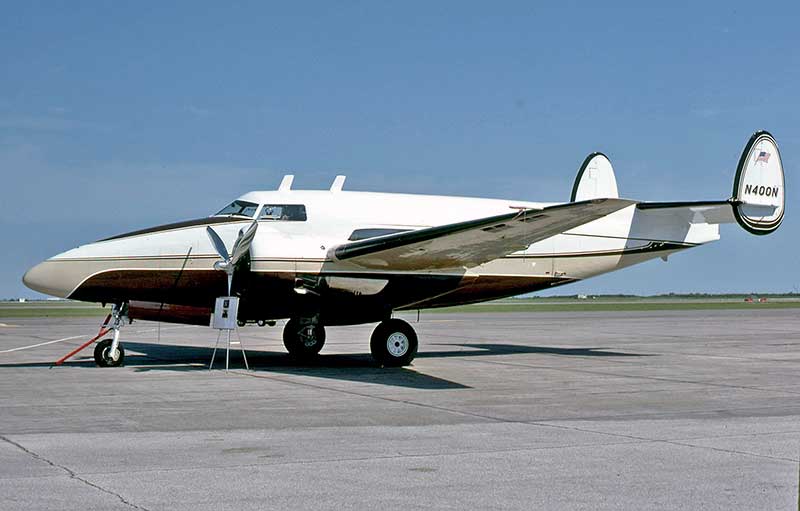
The ultimate Lodestar executive conversion
was the Trigear Howard 250.
N400N was at Harlingen, Texas in October 1977
Lockheed
PV-1 Venturas (all ex military
disposals in US, Canada and South Africa):
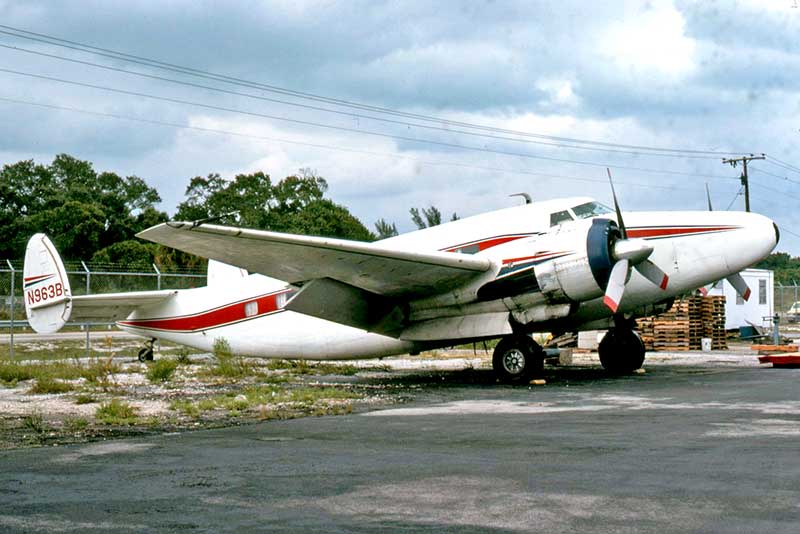
N963B at Fort Lauderdale in October 1977 was a Howard Super Ventura, rebuilt by Howard Aero at San Antonio, Texas
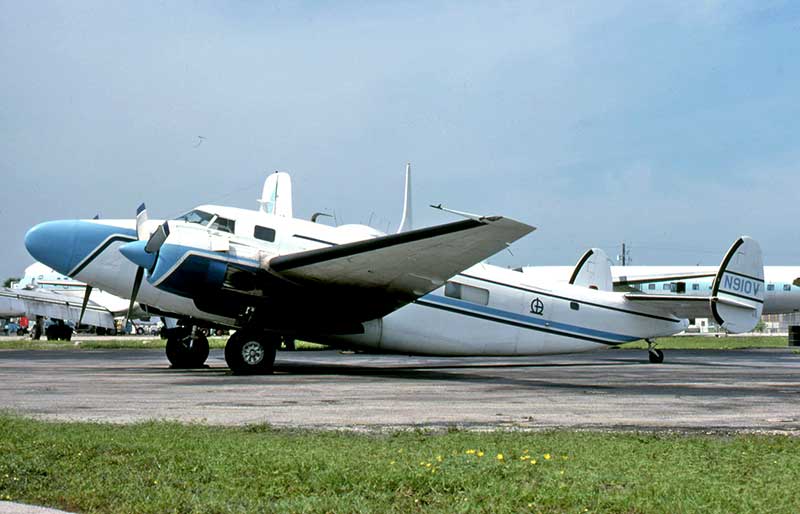
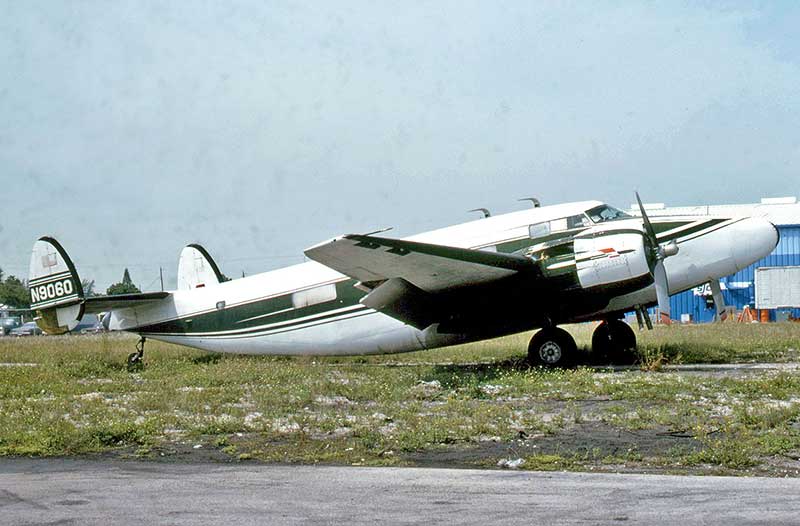
It visited London-Heathrow in June 1958 carrying Howard Hughes as passenger
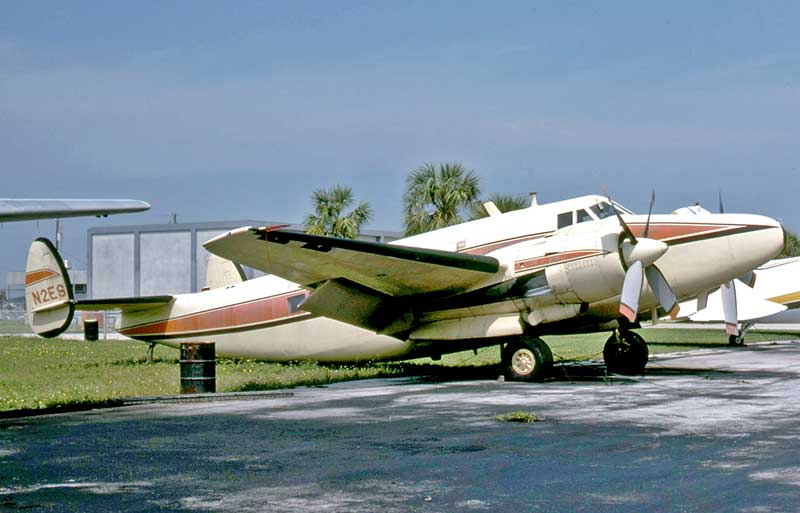
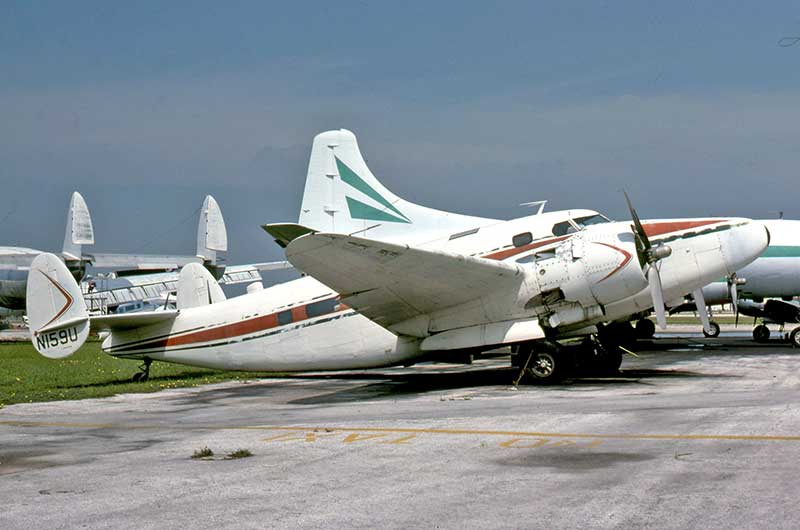
N159U at Ft Lauderdale in October 1979
had been rebuilt by Spartan Aero as an executive Spartan
Ventura. By the 1970s it was
one of seven PV-1s with fuselage hoppers used by Clarks Aerial Service in Texas, "Seeding Spreading and Dusting Specialists".
This hard life shows, but it was saved by a warbird dealer and restored as a wartime RAAF Ventura
one of seven PV-1s with fuselage hoppers used by Clarks Aerial Service in Texas, "Seeding Spreading and Dusting Specialists".
This hard life shows, but it was saved by a warbird dealer and restored as a wartime RAAF Ventura
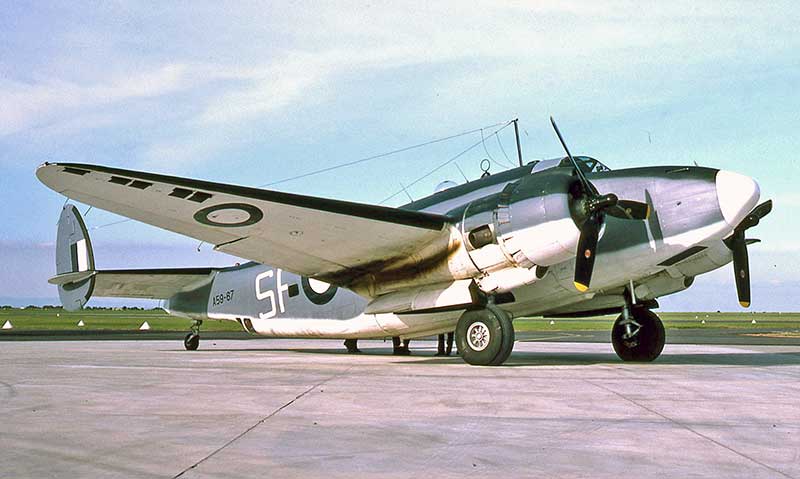
Here's N159U, now registered VH-SFF, on arrival at
RAAF Point Cook in Australia after an adventurous Pacific delivery flight
to
the RAAF Museum. The authentic paintwork represented RAAF No.13 Squadron's Ventura A59-67 coded SF-F
the RAAF Museum. The authentic paintwork represented RAAF No.13 Squadron's Ventura A59-67 coded SF-F
Finally,
the Lockheed PV-2 Harpoons
(all ex US Navy military disposals):
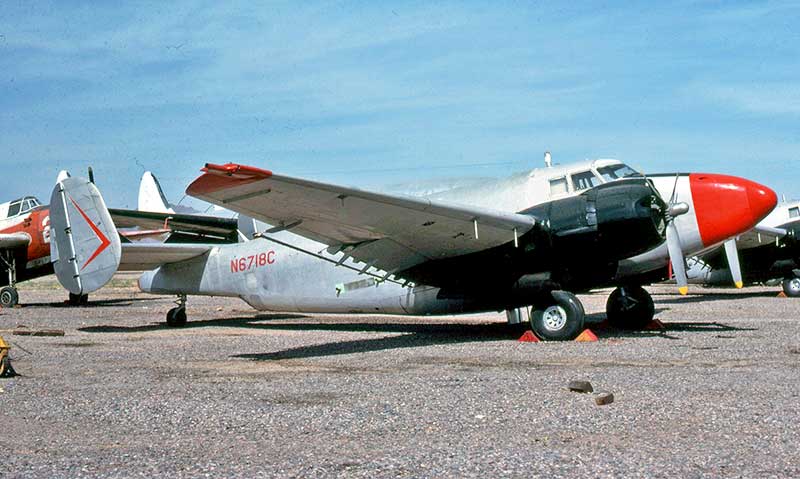
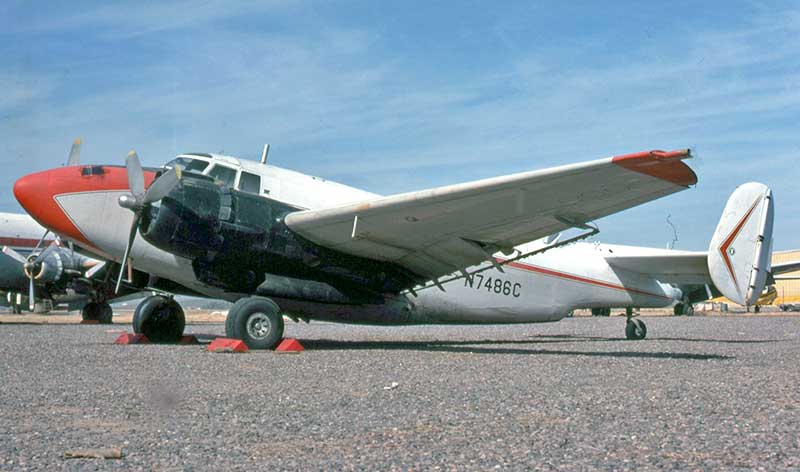
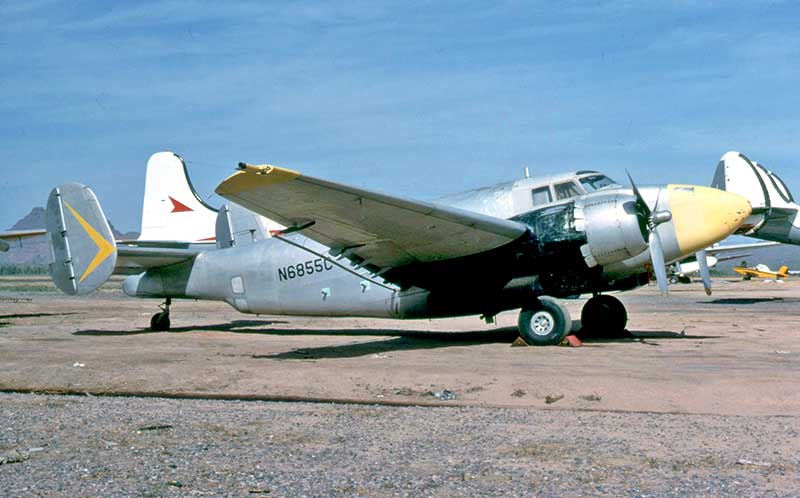
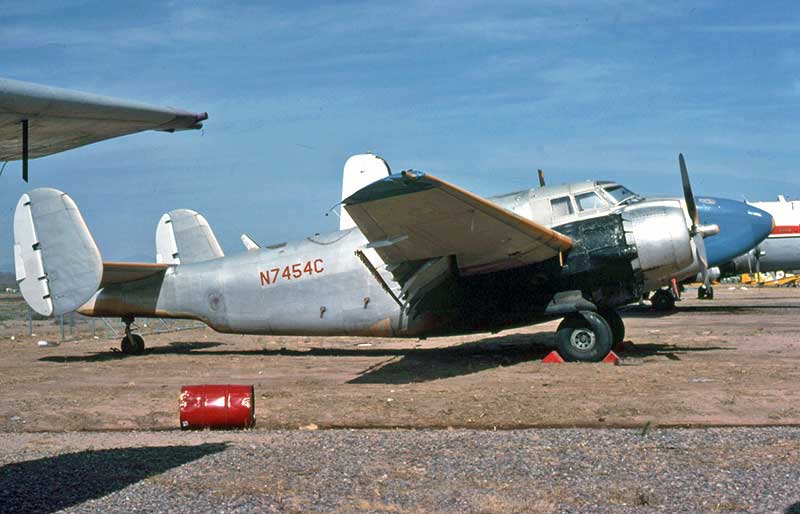
in Canadian forests, and fire-ant infestations in the US southern states